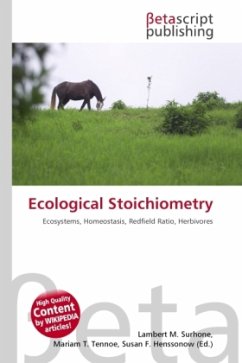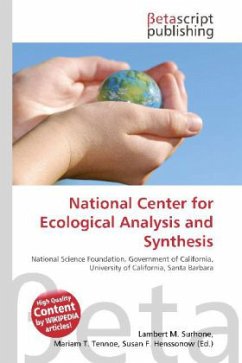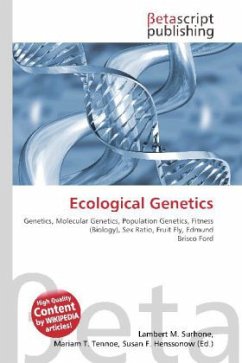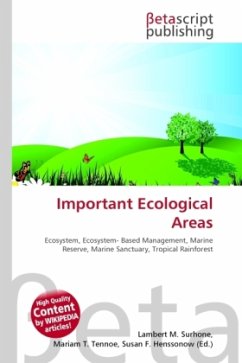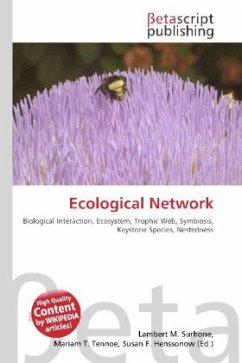High Quality Content by WIKIPEDIA articles! Ecological stoichiometry considers how the balance of energy and elements affect and are affected by organisms and their interactions in ecosystems. Ecological stoichiometry has a long history in ecology with early references to the constraints of mass balance made by Liebig, Lotka, and Redfield. This research area in ecology has recently gained momentum by explicitly linking the elemental physiology of organisms to the their food web interactions and ecosystem function. Most work in ecological stoichiometry focuses on the interface between a consumer and its food. This interface, whether it is between plants and their resources or large herbivores and grasses, is often characterized by dramatic differences in the elemental composition of each participant. Consider termites which have a body C:N of about 5 but consume wood with a C:N ratio of 300-1000. Ecological stoichiometry primarily asks: 1) why do elemental imbalances arise in nature? 2) how is consumer physiology and life-history affected by elemental imbalances? and 3) what are the subsequent effects on ecological processes in ecosystems?
Bitte wählen Sie Ihr Anliegen aus.
Rechnungen
Retourenschein anfordern
Bestellstatus
Storno

